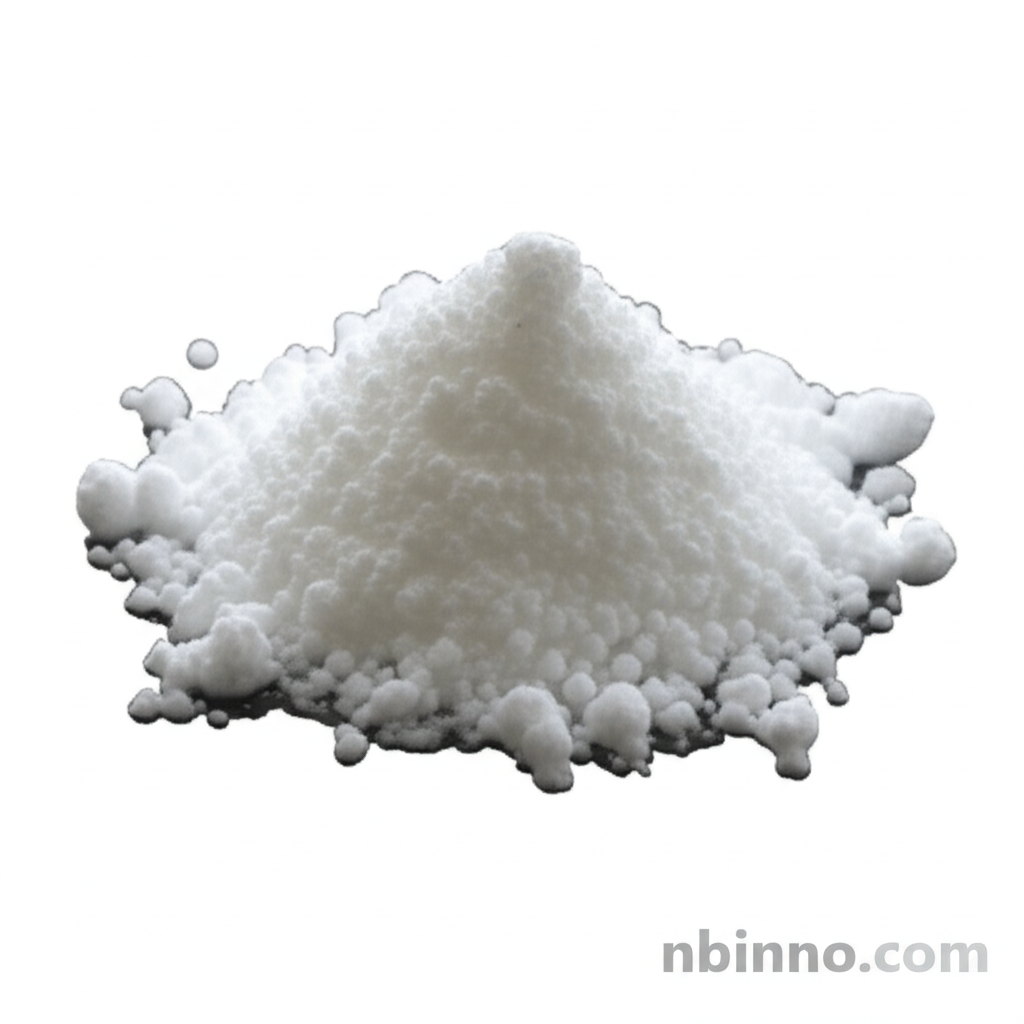Unlocking the Potential of 3-Bromo-2-(trifluoromethyl)pyridine
A key building block for advanced organic synthesis and chemical innovation.
Get a Quote & SampleProduct Core Value

3-Bromo-2-trifluoromethylpyridine
This advanced chemical intermediate, identified by CAS 590371-58-7, is a vital fluorine-containing pyridine analogue. Its unique structure, featuring a reactive bromine atom and a trifluoromethyl group, makes it indispensable for a wide range of chemical reactions and the synthesis of complex molecules. It serves as a crucial building block in the preparation of valuable compounds like 2-(trifluoromethyl)nicotinic acid and its derivatives, underpinning advancements in material science and pharmaceuticals.
- Leveraging organic synthesis intermediates like 3-Bromo-2-trifluoromethylpyridine allows for precise molecular construction.
- Exploring the chemical synthesis building blocks, such as this pyridine derivative, is key to developing novel compounds.
- The trifluoromethyl pyridine applications are broad, ranging from material science to the pharmaceutical industry.
- Understanding the properties of 3-Bromo-2-trifluoromethylpyridine is essential for researchers and chemists.
Key Advantages Provided
Versatile Reactivity
The presence of both a bromine atom and a trifluoromethyl group on the pyridine ring offers diverse reaction pathways, enabling the synthesis of complex organic molecules, a crucial aspect when discussing chemical synthesis building blocks.
Enabling Complex Synthesis
As a vital organic synthesis intermediate, it facilitates the preparation of specific derivatives such as 2-(trifluoromethyl)nicotinic acid, enhancing research into new materials and pharmaceuticals.
High Purity and Quality
Typically offered at high purity levels (e.g., 97-99%), this compound ensures reliable and reproducible results in demanding research and development environments.
Key Applications
Pharmaceutical Development
Its role as an intermediate in preparing biologically active molecules makes it a critical component in drug discovery and the synthesis of active pharmaceutical ingredients (APIs).
Material Science
The unique properties conferred by the trifluoromethyl group can be exploited in the development of novel materials with specific electronic or optical characteristics.
Agrochemicals
Fluorinated compounds often exhibit enhanced stability and biological activity, making them candidates for new agrochemical formulations.
Academic Research
A fundamental building block for exploring new synthetic methodologies and creating novel chemical entities in academic laboratories.
